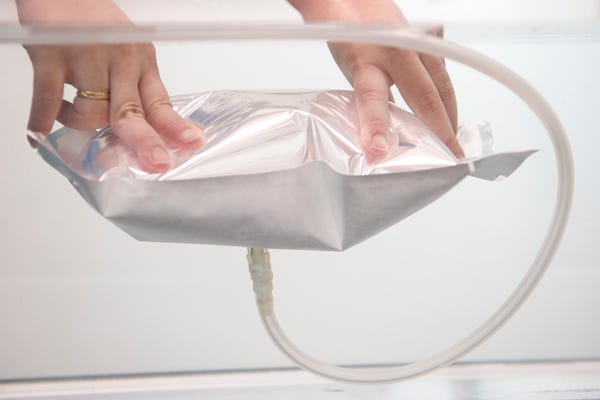August 27, 2014
|
Image: DDL Inc. |
Packaging has come a long way in the medical device industry, especially since the release of ISO 11607 in 1997. Yet despite an increasing focus on sterile packaging design and selection since then, medical device companies still fall victim to some common mistakes that jeopardize package integrity. Here are three common mistakes to avoid.
The medical device is not correctly sized to the packaging. Sterility breaches in the primary packaging can be a dangerous consequence of improper or inadequate sizing of the product to the pouch and tertiary packaging, according to Tony Paolino?, president of SteriPack USA. "If the primary product has the ability to move within the pouch or bag and, in turn, within the unit cartons and shipping cartons, this can create an environment in which the product will break through the packaging through abrasion or puncture," he says. "In a lot of cases, this is overcompensated by using more robust materials, but the core problem is usually the poor dimensional design of all the elements of the packaging."
The manufacturer selects the wrong packaging system for a particular product. Companies sometimes miss the mark when selecting the sterile barrier system for their medical device--a mistake that often becomes evident during distribution simulation testing, according to Scott Levy, packaging engineer at DDL Inc. "There are a lot of variables that go into choosing the correct sterile barrier system, but the two key things that I look for is product mass and geometry. For instance, if the product is too heavy, will a pouch package best protect the sterility maintenance, or would a tray serve me better? When looking at the two, product geometry, in my opinion, is far easier to examine," he says. "Does the product have a lot of irregular geometry challenges? Could these challenges puncture a pouch through dynamics? If so, a tray package should be [closely] looked at."
Elements of the packaging system are designed too late in the development process. Packaging has evolved in the medical device industry over the years from afterthought to critical step in the development process. But that's not to say medical device companies have it all figured out. For example, companies frequently fail to focus on all of the design elements of the medical device packaging system early enough in the process, Paolino notes.
"Every so often, the primary pack will be designed and completed first, and then the secondary and tertiary packaging will follow afterwards," he explains. "With large and complex products, to ensure the packaging is fit for use, is not overengineered, and will pass distribution testing, focusing on all elements of the packaging and distribution requirements as early as possible in the process will help avoid packaging test failures and delays later on."
Learn about common medical packaging failures and how to avoid them in the DuPont Webcast, "Can You Afford a Packaging Failure?," found in the Medical Packaging Community. |
Shana Leonard is the group editorial director, medical content, at UBM Canon.
You May Also Like



